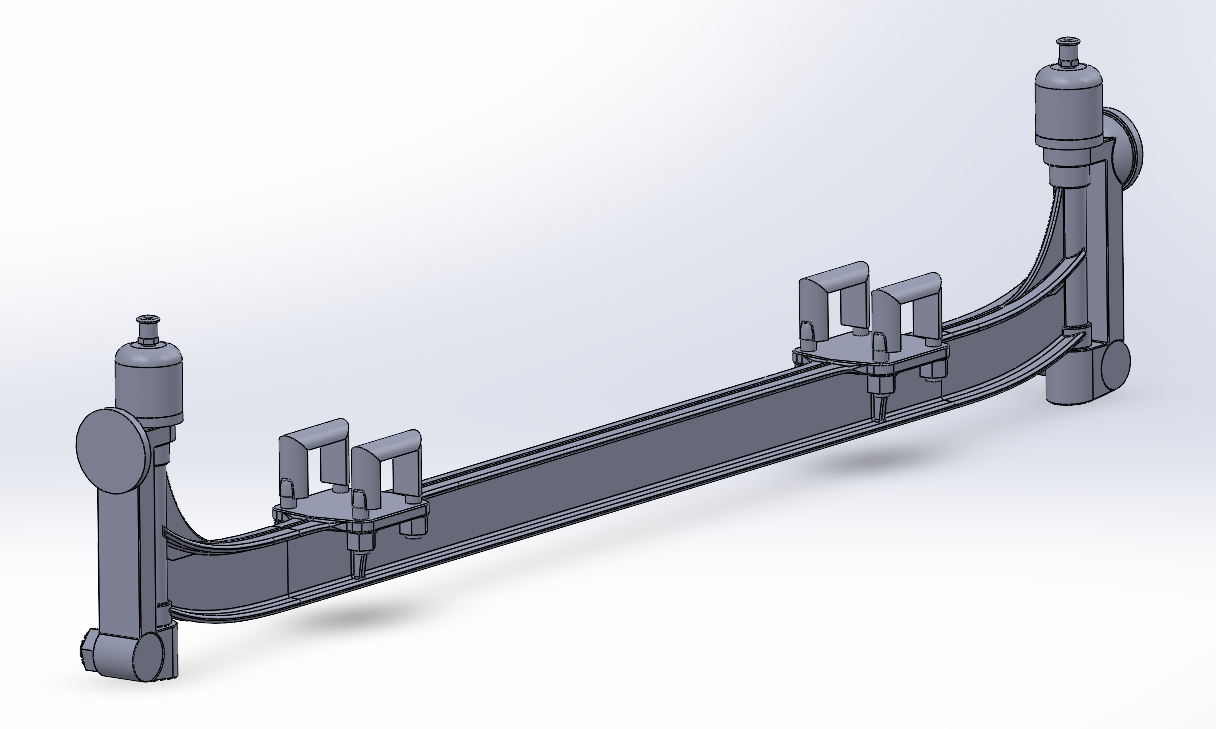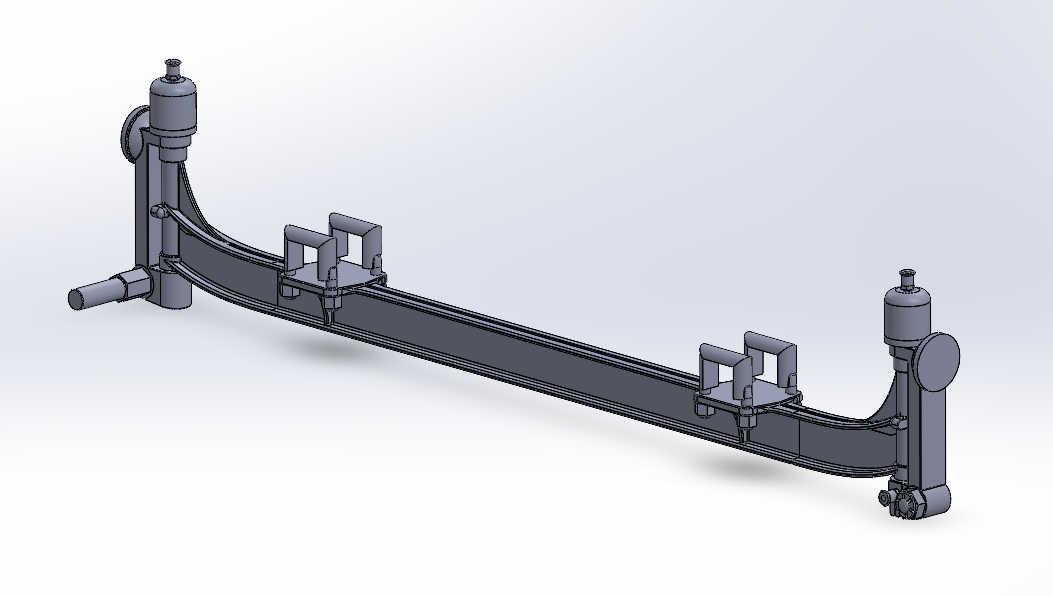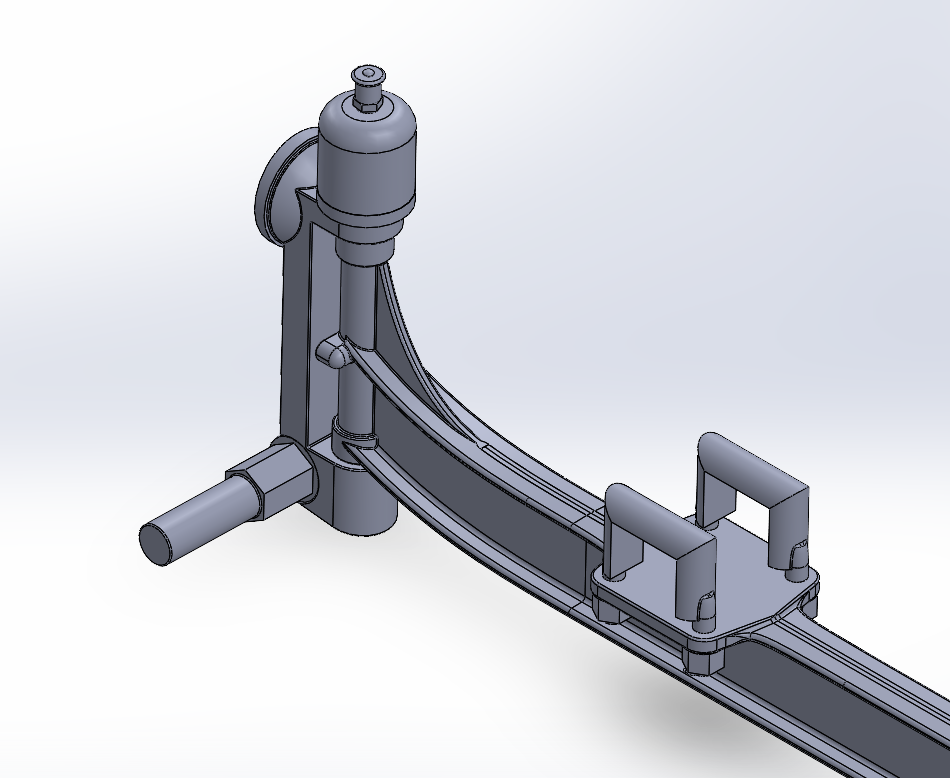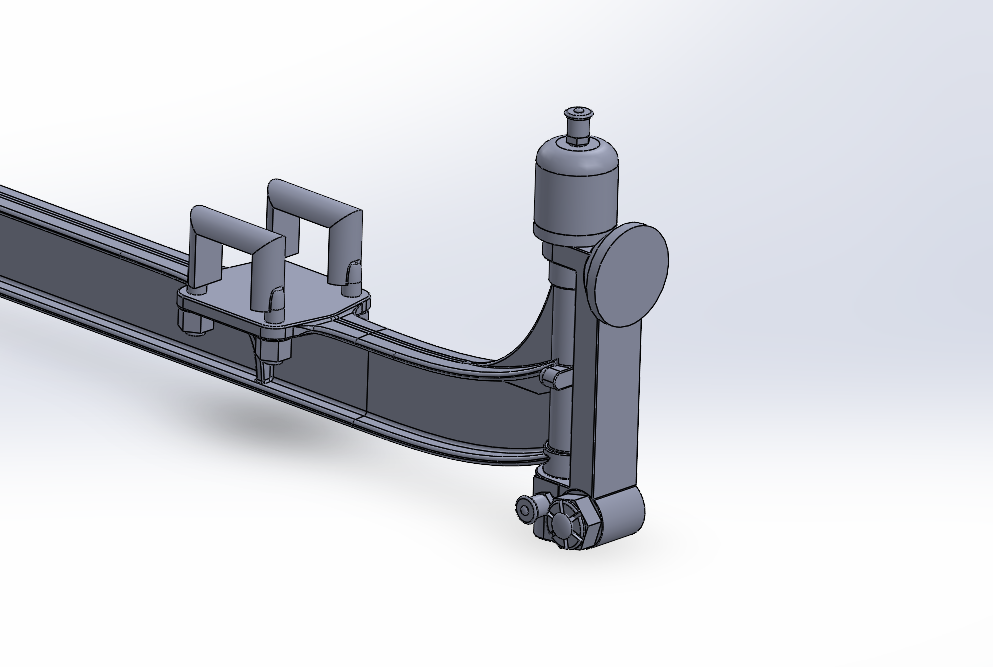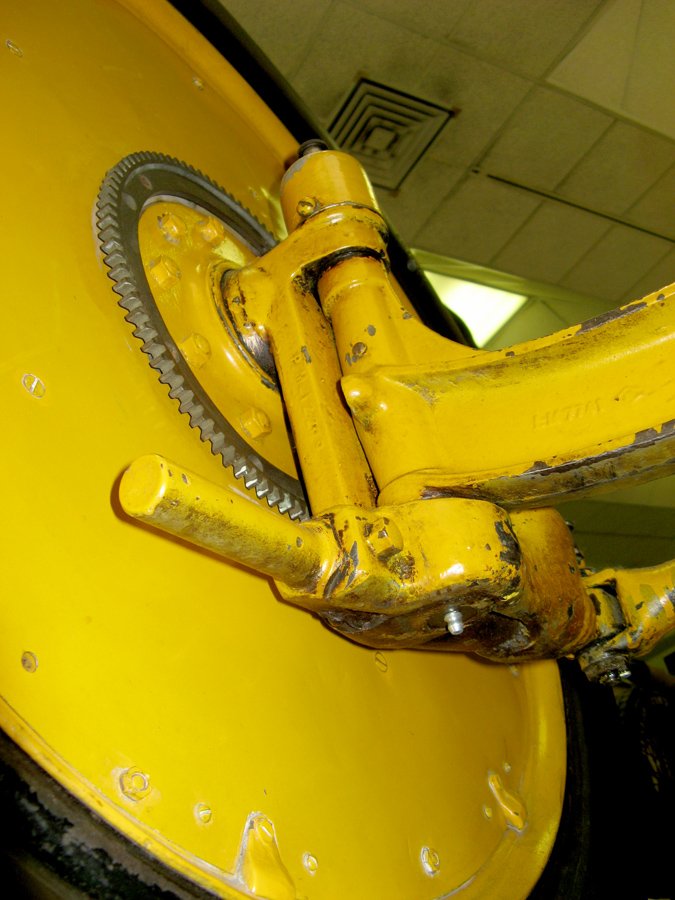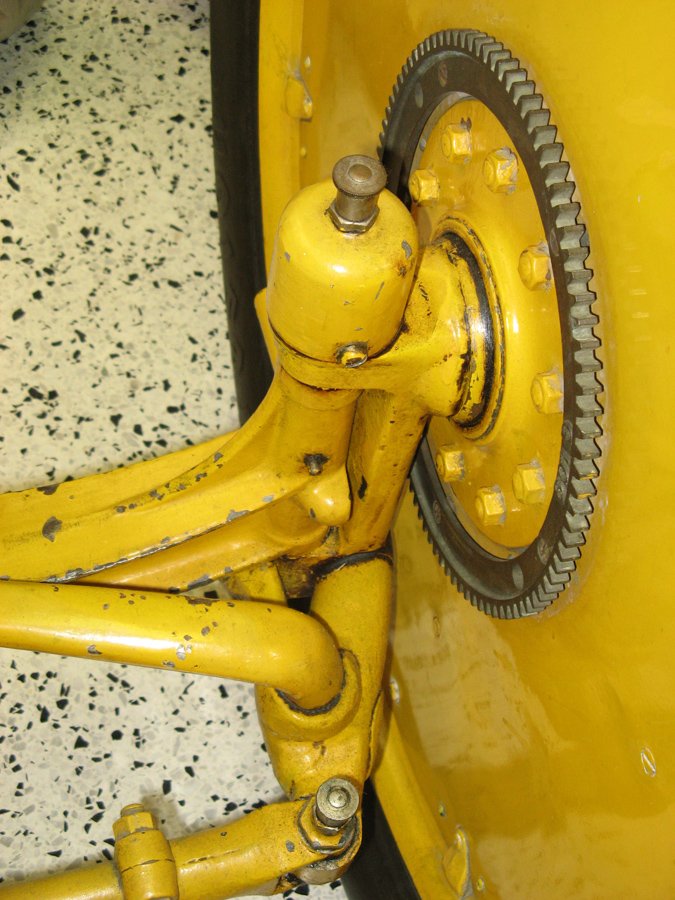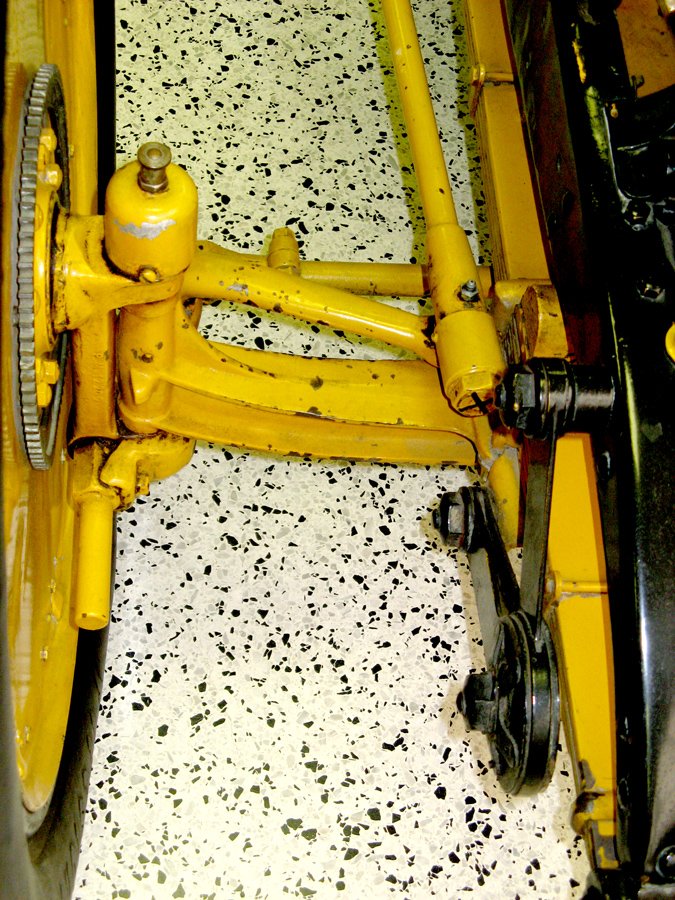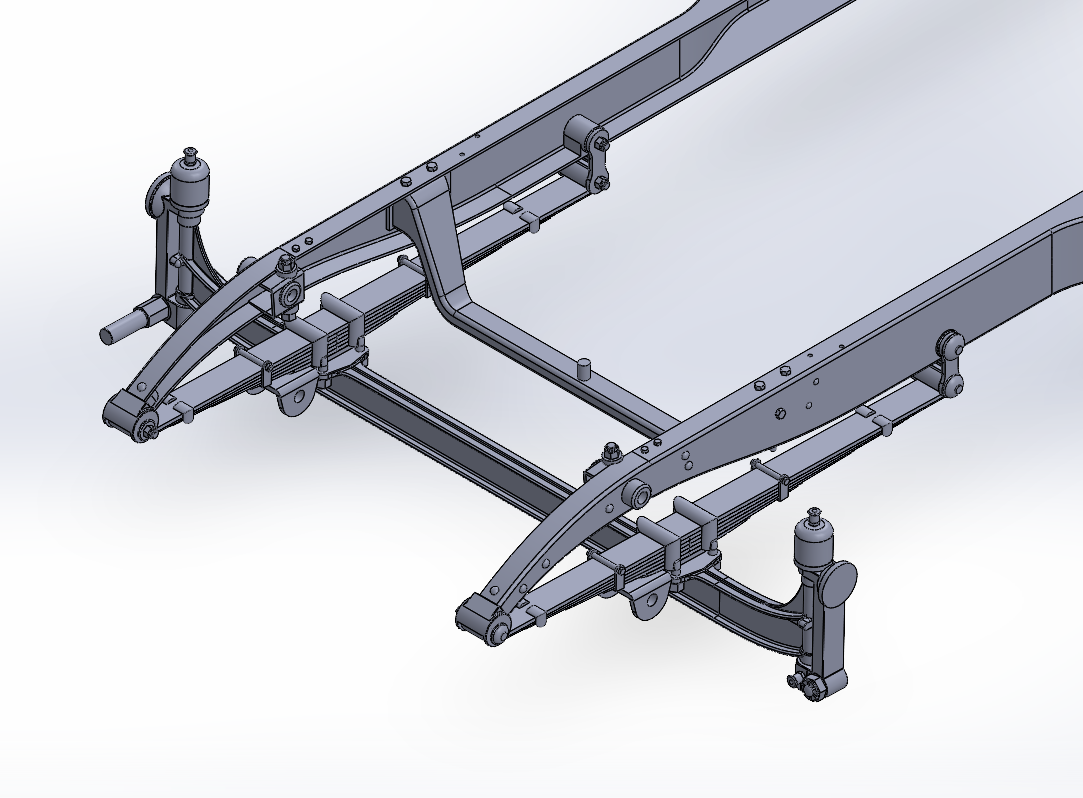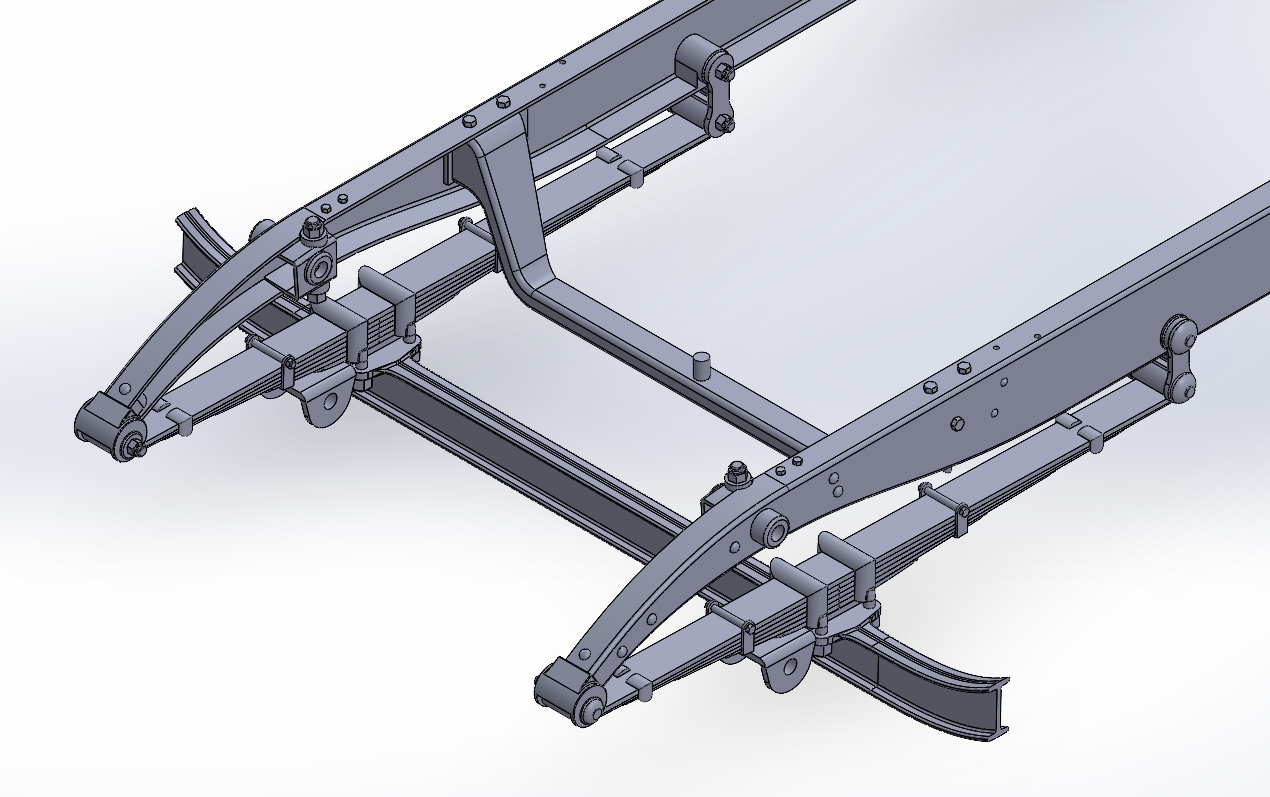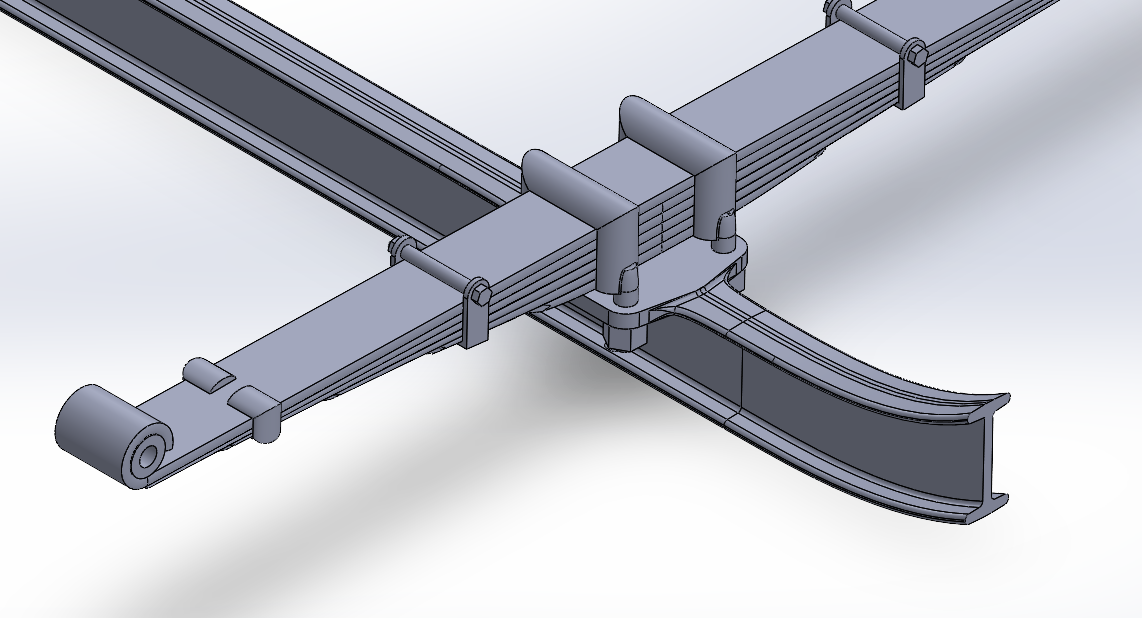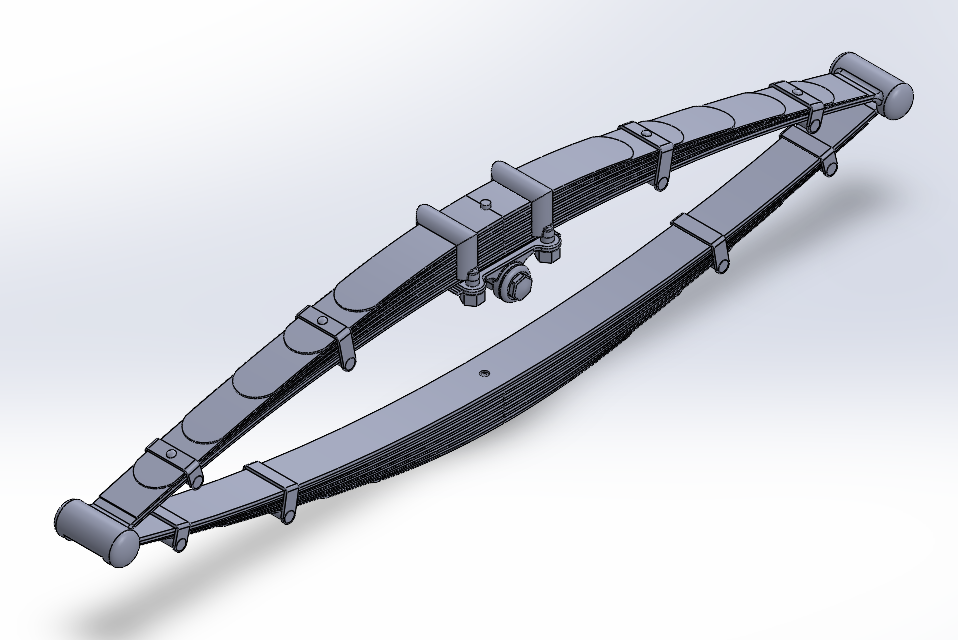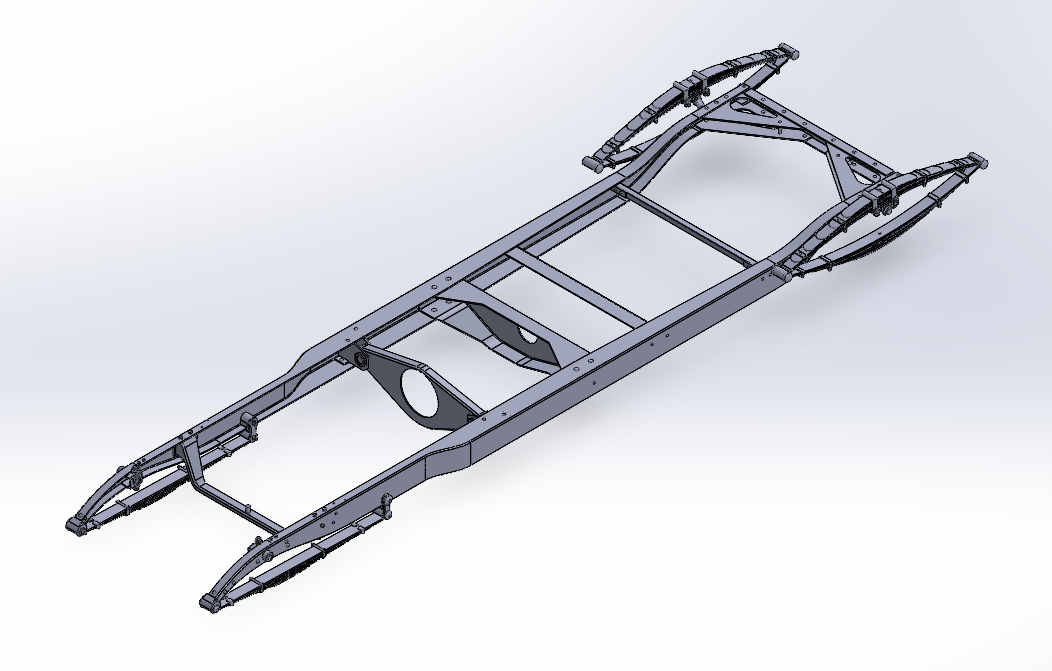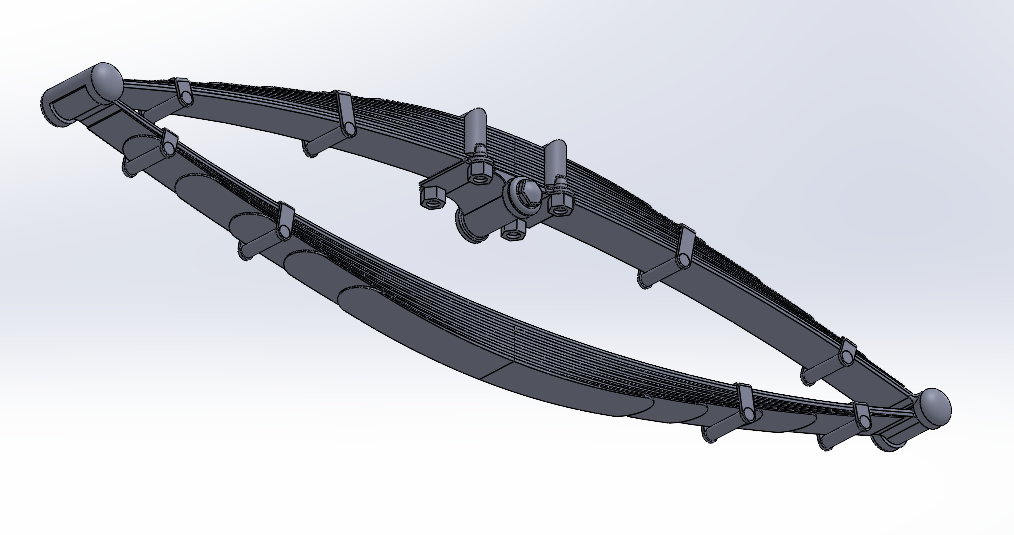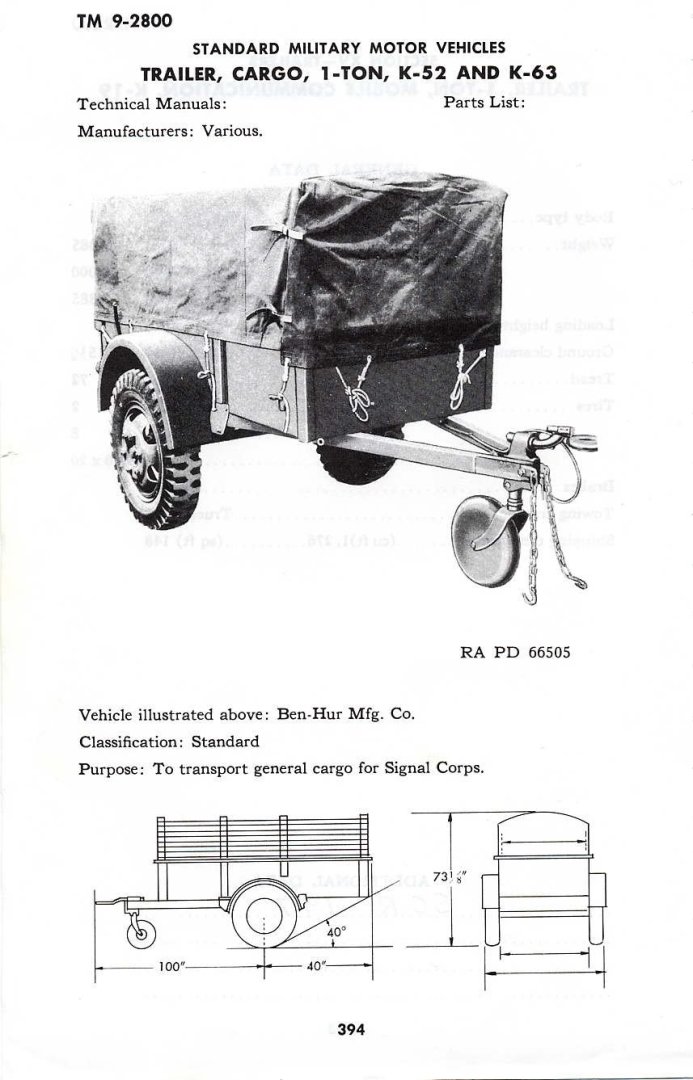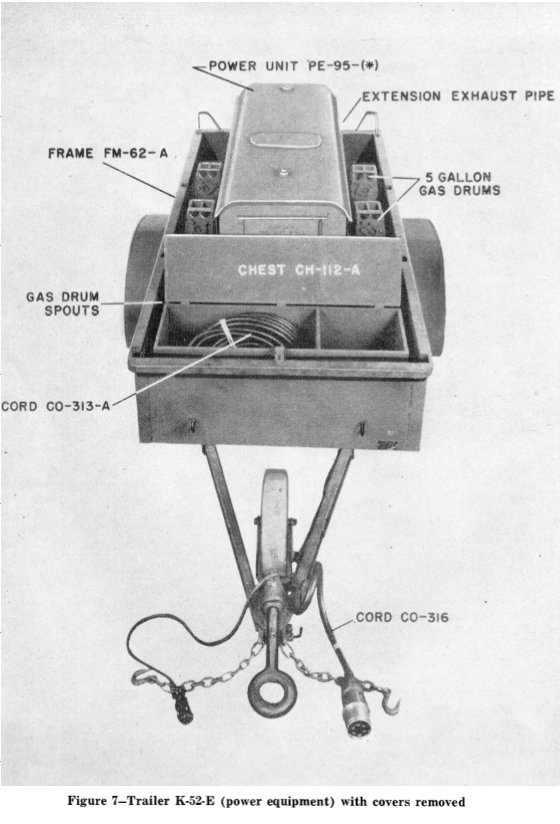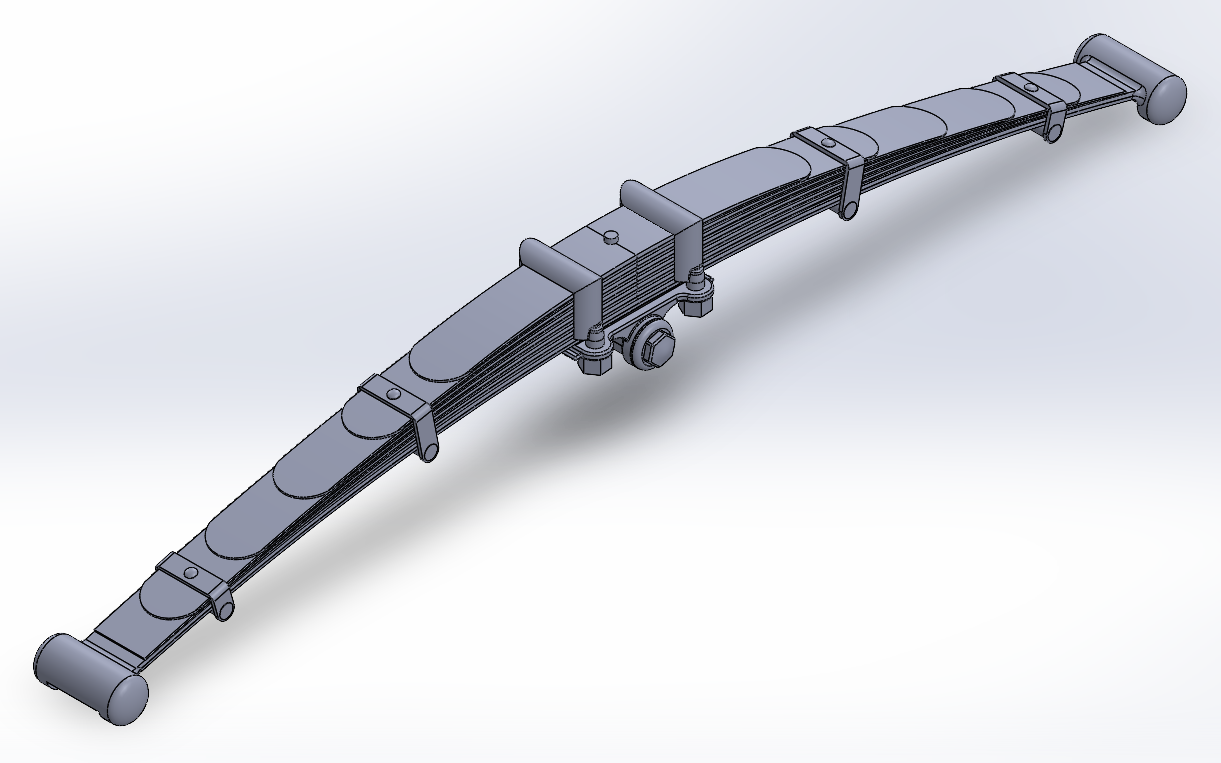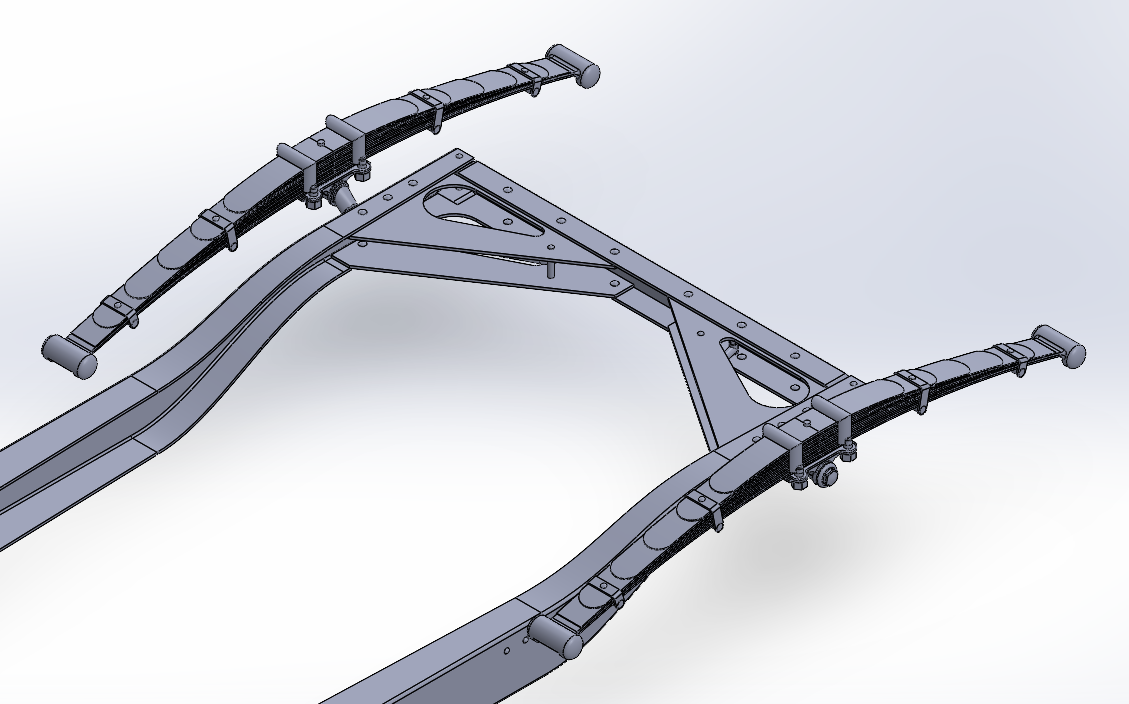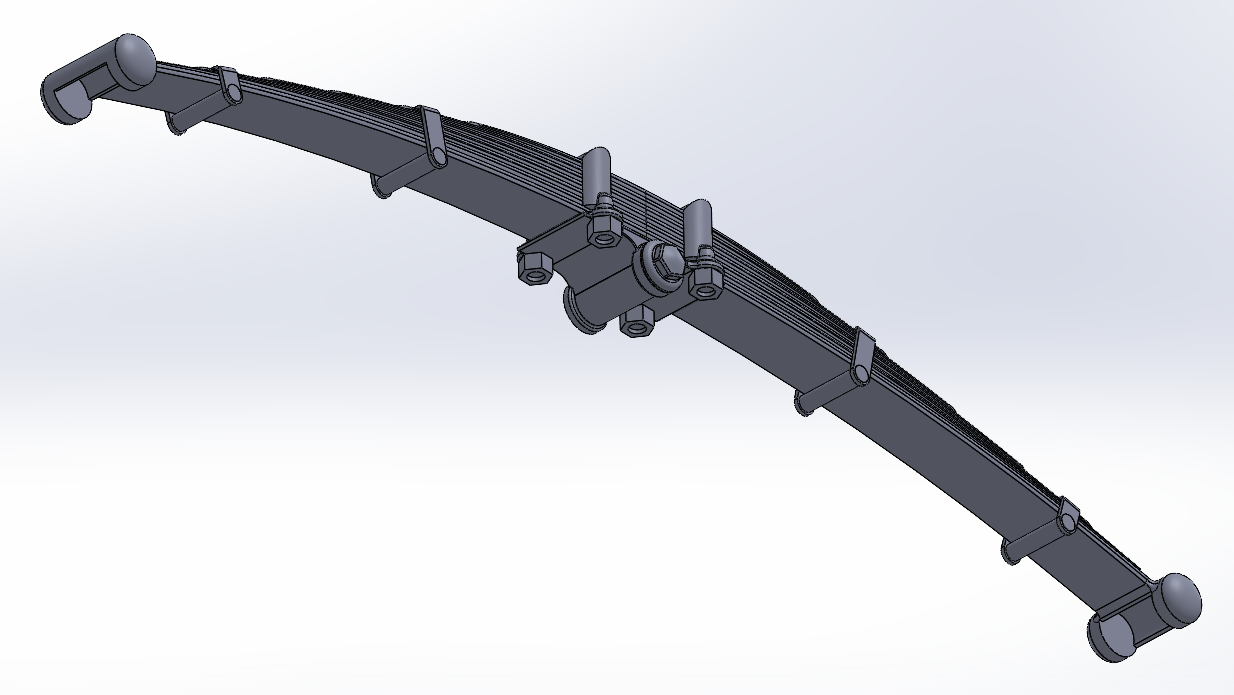-
Posts
4,122 -
Joined
-
Last visited
Content Type
Profiles
Forums
Gallery
Events
Everything posted by Egilman
-
At the start of WWII this aircraft was the equal of the Me109, not quite as good as the A6M2 Zero... The RAF pilots were the first to use it in combat and began to experience it's tendency to go into control lock in a high speed dive... The AVG in China flying it against the Zero figured out the tactics that needed to be used to make it a winner.... But also reported it's tendency to control lock.... In the US this was being investigated by all the aircraft manufacturers as the problem appeared with the P-38 and the P-51 as well... (eventually appearing in the F4U Corsair as well) It's was the beginnings of recognizing the main problem of high speed flight, compressibility..... The aircraft is going so fast that the air at the leading edges of the control surfaces would "Pile" up causing a pressure wave to travel along the surface until it reached the rudder or elevator locking them in the straight position.... The only resolution at the time was to slow down the aircraft till the pressure buildup against the surfaces abated... A partial solution was to move the pivot point of one of the control surfaces away from the other... On the P-40 this was the Rudder, they moved it behind the elevators, On the P-51 they extended the vertical stabilizer and rudder behind the elevator, on the P-38 they used another device, counterweights to forward load the elevator giving it greater mass... (a very weak solution, the high speed dive issue was never fully resolved in the P-38) And the F4U corsair was resolved by moving the elevator back behind the rudder... These were the best they could do when they really didn't understand the problem and what was causing it.... The Germans encountered it with the jet aircraft they were designing and resolved that swept leading edges were the solution... (yes, for sub 600kt aircraft) Today these physical flight problems have been overcome, and understanding the engineering history is one of the fun parts of modeling these aircraft, (besides the unit and action histories) I'm in brother, The P-40 represents the first American designed and built fighter aircraft to see significant combat service in WWII... And started us on the path to where we are today....
-

Keeping my head in the game.....
Egilman replied to Egilman's topic in 3D-Printing and Laser-Cutting.
Why thanks Vad.... Yep strong.. that's the Marmon way.... the post was heavy cause it held the bracket which held the spur gear up for the ring gear mounted to the wheel to engage, on the other side it held the end of the speedometer cable.... Here is an image of it from the Marmon advertising manuals of the day.... When originally designed, built and raced, (the1909-10 season) it had a speedo... When they brought it out of retirement for the first 500, (it's only race in 1911) it was left off.... -

Keeping my head in the game.....
Egilman replied to Egilman's topic in 3D-Printing and Laser-Cutting.
Thanks Ken and welcome to the thread, I try to keep it interesting.... Engineering, it's as simple and complicated as one could want... It's why I enjoy it so much... {chuckle} -

Keeping my head in the game.....
Egilman replied to Egilman's topic in 3D-Printing and Laser-Cutting.
Well another short update.... Front Axle.... Been adding the spindles carriers... Left side... Right side As you can see I've started adding the details, the Grease Cups and the nuts for the steering knuckles which on the right side has the Cap Nut with the post for the Speedometer gear... (not present on race day) Rear side... Here you can see the round bosses for the steering knuckles which were identical left to right... Once those are designed I will then have to add a very special part, the steering arm... On the first front Axle, I designed what would be on the standard Marmon Speedster, I had no other reference... But in reality, it was a part unique to the Marmon Wasp..... For Example.... Front, low and away and the back side.... it is bolted to the Speedometer cap nut on the front, (which locks it in place) loops around the spindle carrier the over the steering knuckle back near the steering cross link... And it's one part... Time to experiment.... May take a while.... But I'm still making progress.... The ubiquitous overall view... Onwards.... -

Keeping my head in the game.....
Egilman replied to Egilman's topic in 3D-Printing and Laser-Cutting.
Short update... Front Axle... (not complete just a progress update) And an overall shot.... Working out the spindle pivot tubes now.... Onwards... -

B-25J Mitchell by Chadwijm6 - HK Models - 1/32
Egilman replied to chadwijm6's topic in Non-ship/categorised builds
Uh, Pilot, Co-pilot and Bombardier are clearly in box cover pic..... I'm in for this one as well.. -
I did, most of what I stated was tongue in cheek.... My apologies if I offended... Nascar and USAC are two completely different sanctioning bodies... Everyone knows that... Spanaway Speedway where I ran sportsman cars for a few years in the late 80's used to be a 1/4 mile USAC dirt track, then became a 1/2 mile dirt track, then back to a 1/4 mile but paved, until they sold out to a housing developer.... Kinda familiar with the history brother...
-
What Exactly is this? It's what they do with all the worn out parts when they rebuild a grand national stock car is what that is.... {chuckle} It's a throwback to the old days of USAC Modified dirt track class... A lot was lost when USAC essentially folded, All the Sportsman classes were hit the hardest.... This is Nascar's attempt to keep the bare bones of backyard homegrown sportsman racing alive.... I'm in....
-

Keeping my head in the game.....
Egilman replied to Egilman's topic in 3D-Printing and Laser-Cutting.
Another short update.... Lower Rear Springs.... It was interesting and a lot easier than doing the uppers.... An overall look, Full Frame... Now I have to go back to the Front Springs and adjust a few details, I found a better way of doing them on the rear springs.... Anyway, next up will be an axle, not sure whether front or rear yet.... Onwards... -
Yep it's a member of the G506 family of Chevrolet 1.5 ton trucks.... It's specific designation was the G7105 K51 Panel Van (Radio) They made thousands of them but only a few hundred radio trucks... Mostly they were bomb or dump trucks.... Lots of variations to the line, it was a very successful medium duty truck.... Plain Panel Van.... G7107 Dump Truck & G7106 Cable service truck... And another... (don't know what specific model... Many many different flavors of the G506 family of trucks....
-
Rik, that is an absolutely gorgeous engine, beautiful job... But I have a question that needs to be asked.... What civilian truck are you going to put it in? In a WWII military truck, everything is green, Olive Drab specifically, there are some peripheral details that are black or metal color, but they for the most part are buried in the overall OD Green... Being historically accurate that is...
-

Keeping my head in the game.....
Egilman replied to Egilman's topic in 3D-Printing and Laser-Cutting.
Thanks OC... The springs took a bit of work... -

Keeping my head in the game.....
Egilman replied to Egilman's topic in 3D-Printing and Laser-Cutting.
Well the Upper Rear Springs are done.... And the bottom side... And an overall view.... Now I have to repeat this but upside down to complete the lower half.... Onwards.... -

Hawker Hurricane Mk. I by ccoyle - Halinski - 1/33 - CARD
Egilman replied to ccoyle's topic in Non-ship/categorised builds
You gots a PN brother... According to my references yes, it is the retracted version of the access step, the reason it is not covered by most model kits is it is flush and practically invisible in it's in flight retracted position... Also when on the ground, it is usually in its deployed position as seen on the USAFM's Hurricane, (thanks Andy) although you will see pics of it released but not fully extended... Looks like a little oval bump... with two edges/ridges across the top lengthwise...
About us
Modelshipworld - Advancing Ship Modeling through Research
SSL Secured
Your security is important for us so this Website is SSL-Secured
NRG Mailing Address
Nautical Research Guild
237 South Lincoln Street
Westmont IL, 60559-1917
Model Ship World ® and the MSW logo are Registered Trademarks, and belong to the Nautical Research Guild (United States Patent and Trademark Office: No. 6,929,264 & No. 6,929,274, registered Dec. 20, 2022)
Helpful Links
About the NRG
If you enjoy building ship models that are historically accurate as well as beautiful, then The Nautical Research Guild (NRG) is just right for you.
The Guild is a non-profit educational organization whose mission is to “Advance Ship Modeling Through Research”. We provide support to our members in their efforts to raise the quality of their model ships.
The Nautical Research Guild has published our world-renowned quarterly magazine, The Nautical Research Journal, since 1955. The pages of the Journal are full of articles by accomplished ship modelers who show you how they create those exquisite details on their models, and by maritime historians who show you the correct details to build. The Journal is available in both print and digital editions. Go to the NRG web site (www.thenrg.org) to download a complimentary digital copy of the Journal. The NRG also publishes plan sets, books and compilations of back issues of the Journal and the former Ships in Scale and Model Ship Builder magazines.

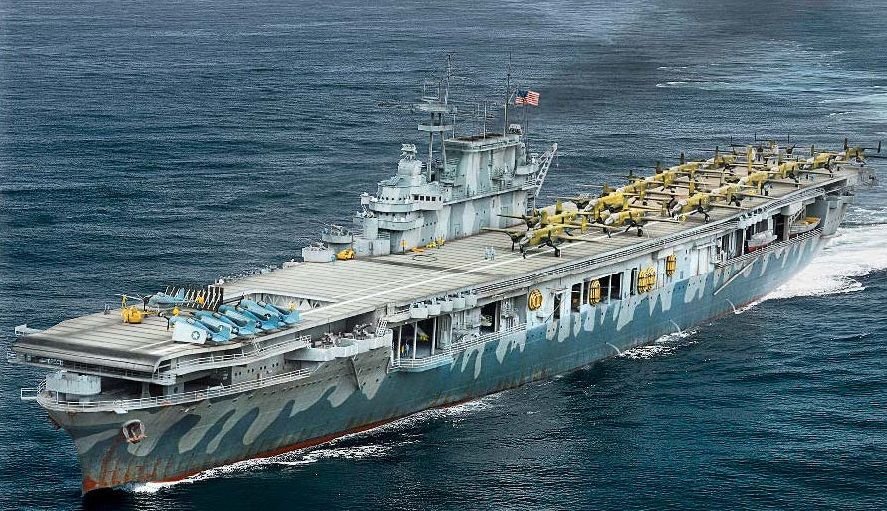

.jpg.8c51500aeaf34defecd4411956e53170.jpg)
